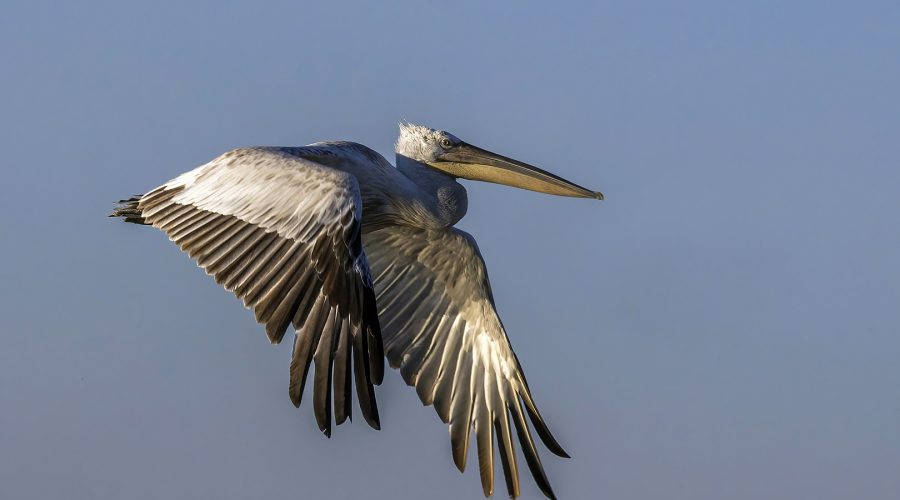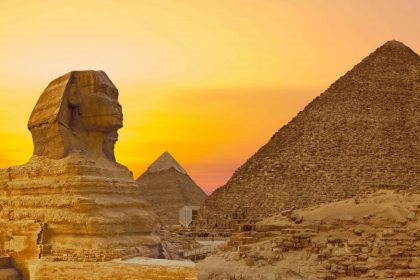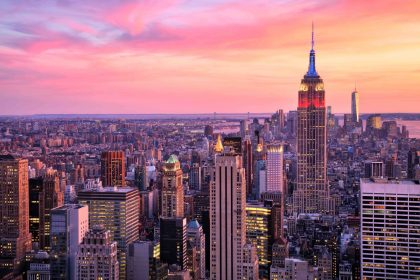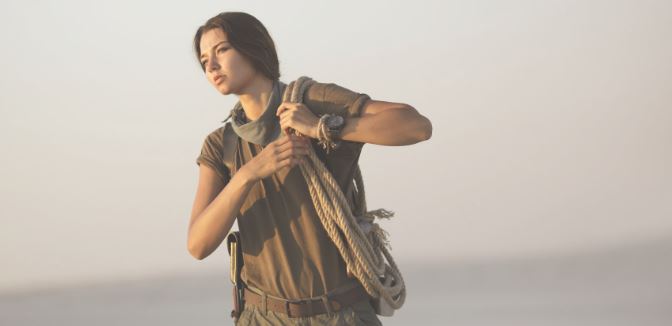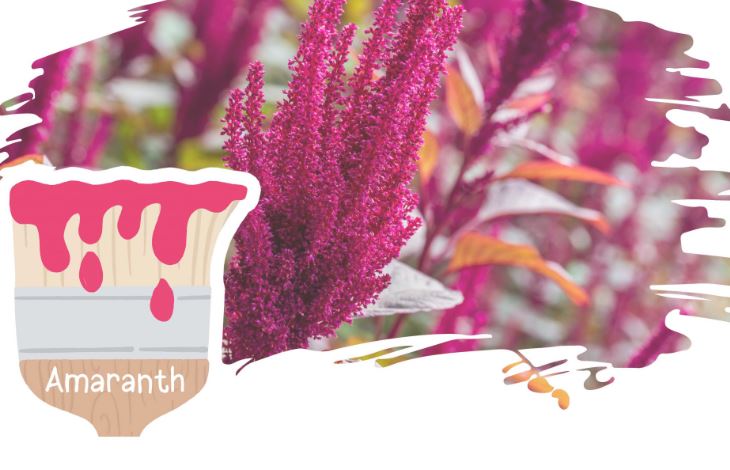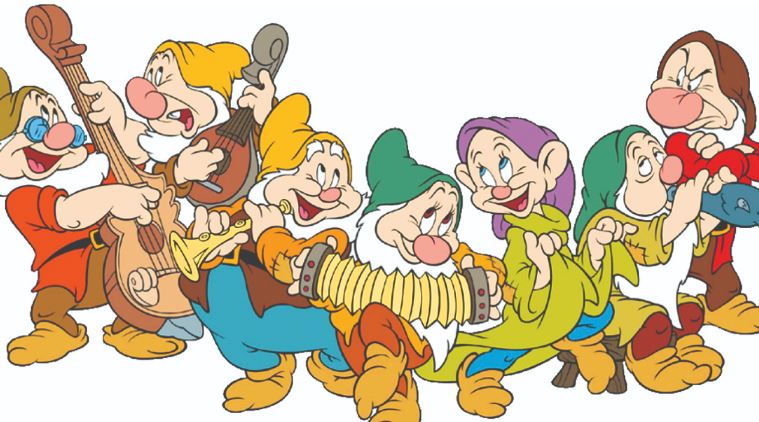Wandering Albatross – 3.7 meters
Also known as the snowy albatross, the white-winged albatross, and the goonie, this bird has a wingspan of up to 3.7 meters long. This makes it the bird with the unquestionably longest wingspan in the entire world. Their long wings allow them to fly long distances without getting tired, particularly by letting them glide on ocean breezes. This led to the birds being described as unmoving even as they fly across the sky. Scientists that tracked their flight patterns discovered that they can circumnavigate the Southern Ocean up to three times in a single year.
Contrary to popular belief, the wandering albatross is not purely white. Juveniles of the species feature a chocolate brown color that changes as they mature. Adults of the species have white feathers on their bodies and most of their wings. Their wingtips and edges make up the exceptions, having a black color instead.
Marabou Stork – 3.7 meters
Also known as the undertaker bird, this bird has a wingspan of 3.7 meters, rivaling the wandering albatross. This makes the Marabou stork the largest land bird in the whole world, at least in terms of wingspan. It also gives them a wide range, with the Marabou stork widespread across the entirety of sub-Saharan Africa.
The bird’s nickname references its appearance from behind — its wings giving the appearance of a cloak draped over a man stooped over a grave. This is further reinforced by the black feathers on the bird’s wings and back, although it has white feathers on the rest of its body. The bird does have a bald head and neck, with the latter featuring a ring of white feathers around the base. Juveniles of the species also have brown feathers instead of black, which darken as they age.
Great White Pelican – 3.6 meters
Also known as the eastern white pelican, the rosy pelican, or simply as the white pelican, this bird has a wingspan of up to 3.6 meters long. This makes it second to the wandering albatross when it comes to wingspan. Their wingspan helps them fly long distances, as shown by their migratory patterns. White pelicans in Eurasia range in the seasons between Eastern Europe, Central Asia, and Northern China. In Africa, they populate the entire continent.
Its name also reflects its predominantly white coloration, except for its wing feathers, which feature a black coloration instead. The bird also has a multicolored bill and yellow legs, which stand out against its white feathers. Surprisingly, despite having a Least Concern conservation status, the white pelican enjoys protected status in the European Union.
Southern Royal Albatross – 3.5 meters
This bird has a wingspan of 3.5 meters, less than its cousin the wandering albatross, but longer than other albatross species. The southern royal albatross also features a predominantly white color but has black speckles on its mantle. Its wing feathers also have a black or dark brown color, while also having white speckles.
Despite their long wingspans, this bird has a surprisingly small range, typically staying within 30°S and 45°S. They also primarily nest on Campbell Island, although they also have a presence on Adams Island, Auckland Island, as well as New Zealand’s Otago Peninsula. That said, outliers of the species do fly long distances, traveling as far away as South America.
